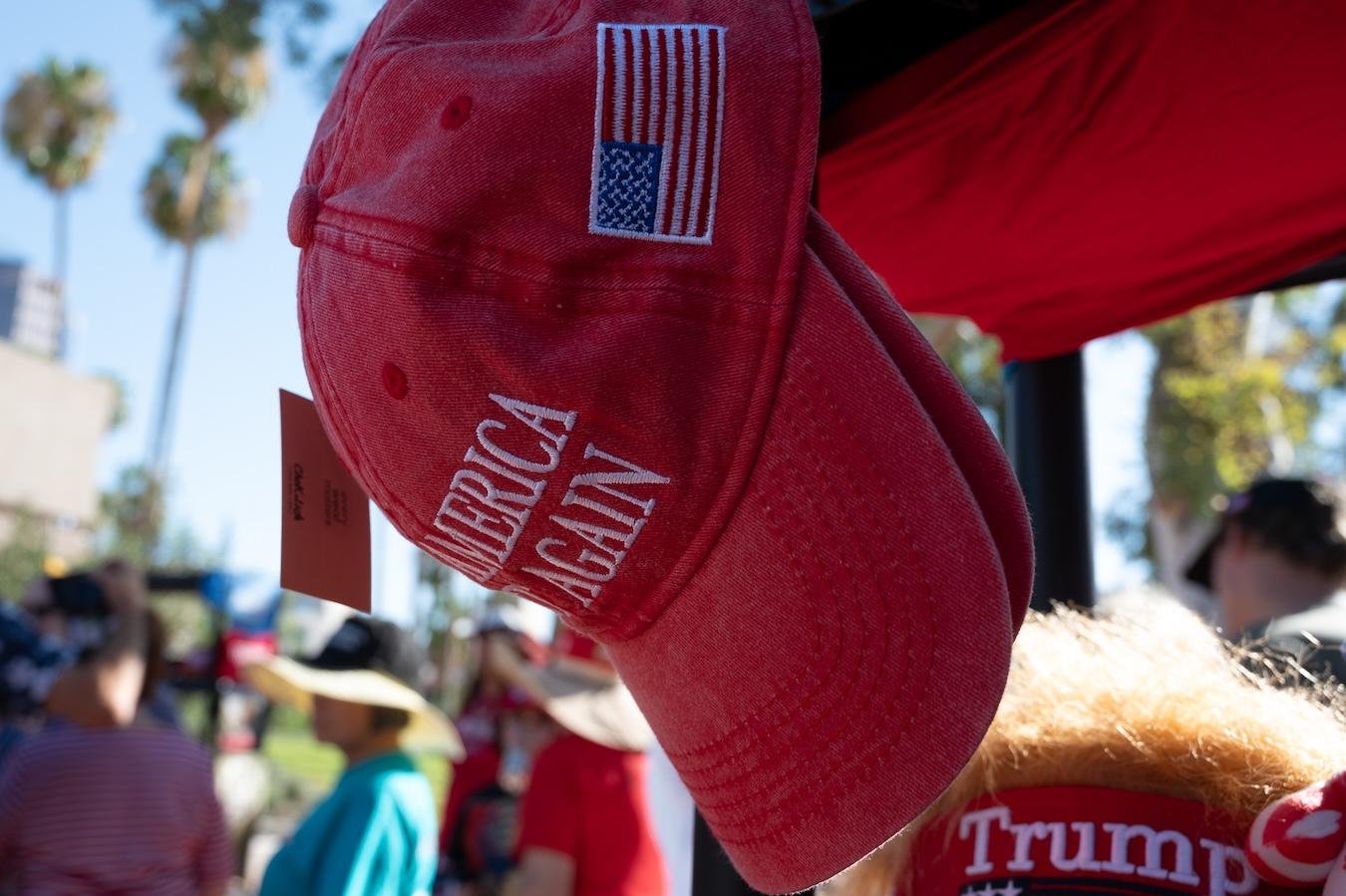border
Dems Highlight Trump’s Tariff Threats as Contradiction to Anti-Inflation Pledge

President-elect Donald Trump announced plans to implement significant tariffs on imported goods from key trading partners, prompting immediate concern from Democrats and economists regarding potential impacts on consumer prices.
In a series of posts on his social media platform, Trump revealed that he intends to impose a 25% tariff on all imports from Canada and Mexico, alongside a 10% tariff on goods from China. This action, he claimed, aims to combat the influx of illegal drugs and migrants into the United States.
“Thousands of people are pouring through Mexico and Canada, bringing crime and drugs at levels never seen before,” Trump stated. He asserted that these tariffs would remain until drug trafficking, particularly involving fentanyl, and illegal immigration cease.
While Trump’s history of tariff threats may cast doubt on the severity of these measures, experts note that the executive branch possesses broad authority to enact tariffs unilaterally, suggesting some form of action is likely.
Brendan Duke, a senior director at the Center for American Progress, remarked, “We are going to get several tariff threats via rage-posts over the next four years,” highlighting uncertainty regarding the specific levels and targets of these tariffs.
Tariffs align with Trump’s protectionist economic approach, yet they pose significant risks to an area crucial to his recent electoral success: controlling inflation. A recent analysis estimates that Trump’s proposed tariffs could impose an additional $1,300 in annual costs on the average American family.
Democratic members of the U.S. House Ways and Means Committee predict that these tariffs may lead to consumer costs rising by as much as $4,000 annually. Exit polling indicated that 78% of voters regarded inflation as a notable concern, contributing to Trump’s electoral victory over Democratic Vice President Kamala Harris in the recent election.
Imports constitute approximately 15% of the goods consumed in the U.S., and implementing broad tariffs is expected to further elevate consumer living costs. Gary Hufbauer of the Peterson Institute warned that such tariffs could exacerbate inflation and lead U.S. producers to raise their prices as well.
Particularly vulnerable sectors include the automotive industry, where cross-border supply chains are integral. Trump’s tariffs could lead to steep price increases for vehicles, while essential imports like fruits, vegetables, and oil may disrupt his commitments to reduce grocery and gas prices.
The Ways and Means Democrats, spearheaded by Suzan DelBene and Don Beyer, introduced a bill aimed at limiting the executive’s tariff-setting powers, underscoring the estimated financial burden on American families. DelBene pointed out that widespread tariffs threaten to send the economy into recession, disrupt trade relations, and ultimately harm American workers and businesses.
Democrats argue that Trump’s proposed tariffs exceed the original intention behind the law granting presidential tariff authority, which was designed for immediate responses to hostile foreign states rather than arbitrary imposition on allied nations.
Although final tariff levels could differ from Trump’s initial proposals, Duke cautioned that some form of action regarding tariffs is anticipated. “He’s gonna do something on tariffs. I don’t know what. It’s probably not these exact levels on these exact countries,” he noted.


















